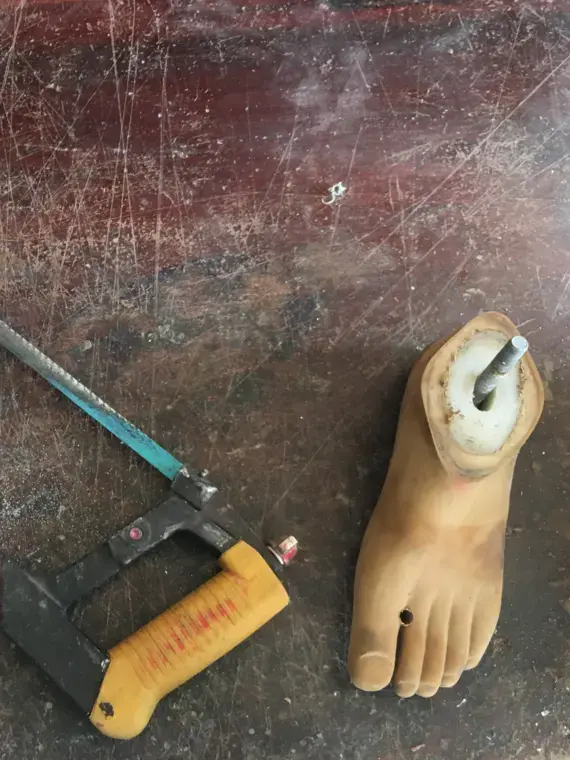George Black's reporting for the New York Times Magazine uncovers one of the last dark secrets of the American war in Southeast Asia—the massive, illegal spraying of Agent Orange in areas of Laos bordering Vietnam—and show its present-day consequences. Black aims to give a completely new interpretation of the critical early phase of the war, in 1965-1966, and to explore the remote tribal villages that were sprayed along the famous Ho Chi Minh Trail in Laos, documenting patterns of disabilities that are characteristic of exposure to TCDD/dioxin, the toxic ingredient of Agent Orange. He also visited the neighboring A Luoi Valley in Vietnam, one of the most heavily sprayed areas in that country and the venue for the seminal scientific work that established the links between dioxin exposure and human health. The spraying of both sides of the border was a single, integrated campaign: Black's story is about the half that remains unknown.
Until recently the Lao border area was virtually inaccessible, but new road improvements now make it possible to reach these villages during the dry season. Black traveled to remote Salavan and Savannakhet provinces with Susan Hammond of the War Legacies Project and her colleague Jacqui Chagnon, an expert on Laos, using declassified data on herbicide spraying missions to visit villages along the flightpaths where they have documented levels of disabilities comparable to the worst affected areas in Vietnam. Black was accompanied by the renowned Magnum photographer Christopher Anderson.




